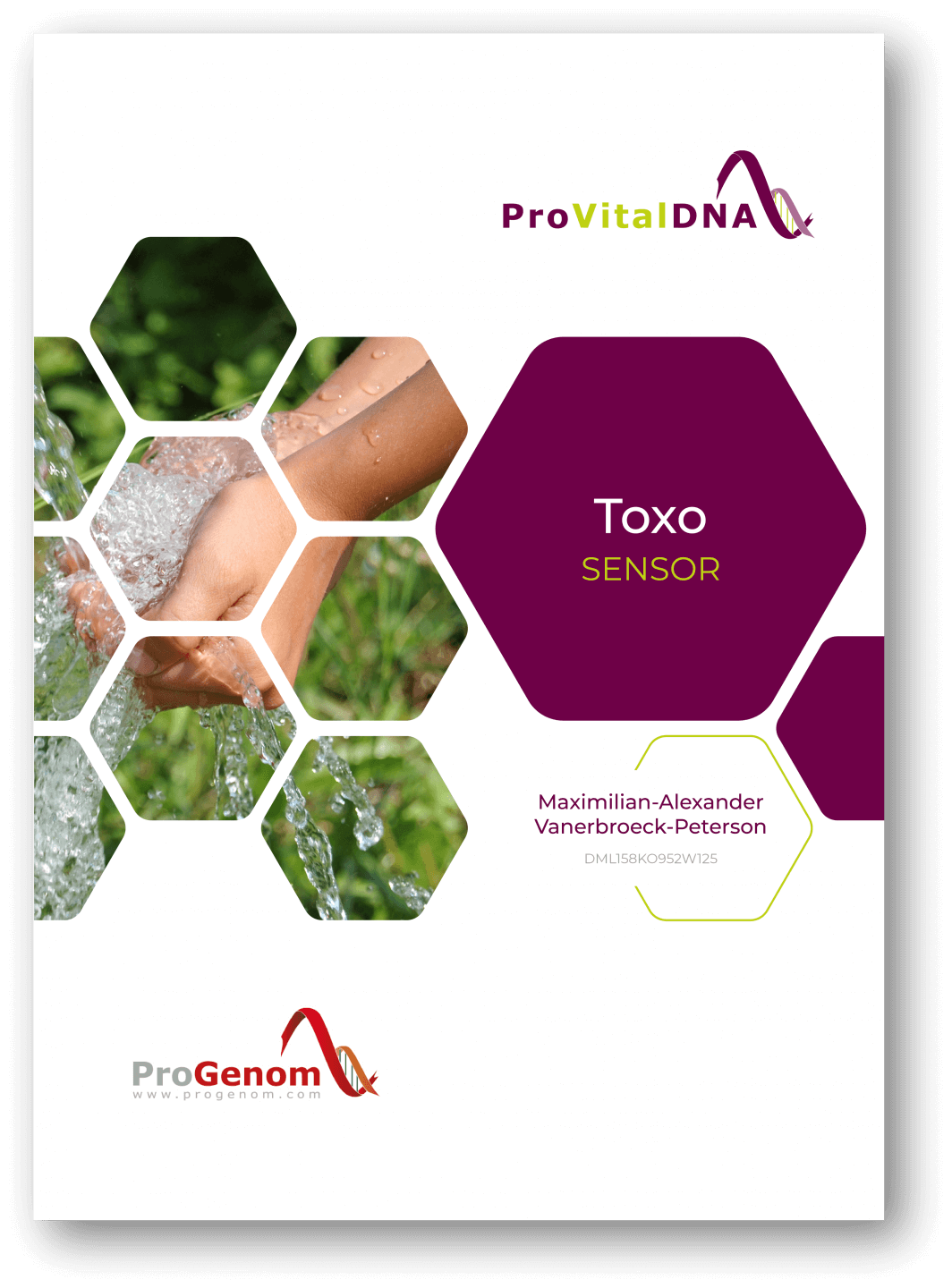The Burnout Syndrome Is Becoming an Increasing Problem
In recent years, more and more people have been suffering from the so-called burnout syndrome. According to surveys, almost one in three employees is now suffering from burnout or on the way there.
The most common symptoms in those affected are exhaustion, lack of energy, persistent fatigue, sleep disturbances, concentration, and memory problems. Due to reduced performance capability, those affected are sometimes even overwhelmed by simple everyday tasks. A cure cannot be achieved by simply “resting,” but requires a lot of patience and a fundamental change in lifestyle.
A Genetic Test Can Prevent Burnout
No internationally recognized diagnosis for burnout syndrome has been derived from the criteria applicable to mental illnesses so far, which is why effective prevention is advantageous. It helps to manage emerging symptoms early and return to everyday well-being.
Today, it is known that our genes significantly influence our stress perception and thus also determine our individual burnout risk. Consequently, a genetic analysis can be an important component of effective prevention.
How Does the Burnout Sensor Work?
With our Burnout Sensor, our laboratory examines the submitted saliva sample for gene variations relevant to personal stress perception.
Based on the findings, it can be determined how sensitive someone is to stress and how high their personal burnout risk is.
We summarize the analysis results in a written evaluation. In this, we also provide concrete recommendations for action to limit the impact of stress on your body in everyday life and to handle general challenges more easily.
Thus, our Burnout Sensor can contribute valuably to reducing stress and provide guidance for timely countermeasures to prevent burnout.
Overview of Burnout Sensor
- Analysis of genes associated with stress perception
- Reliable & ISO-certified examination by our laboratory
- Comprehensive evaluation of test results
- Personalized recommendations for stress reduction









